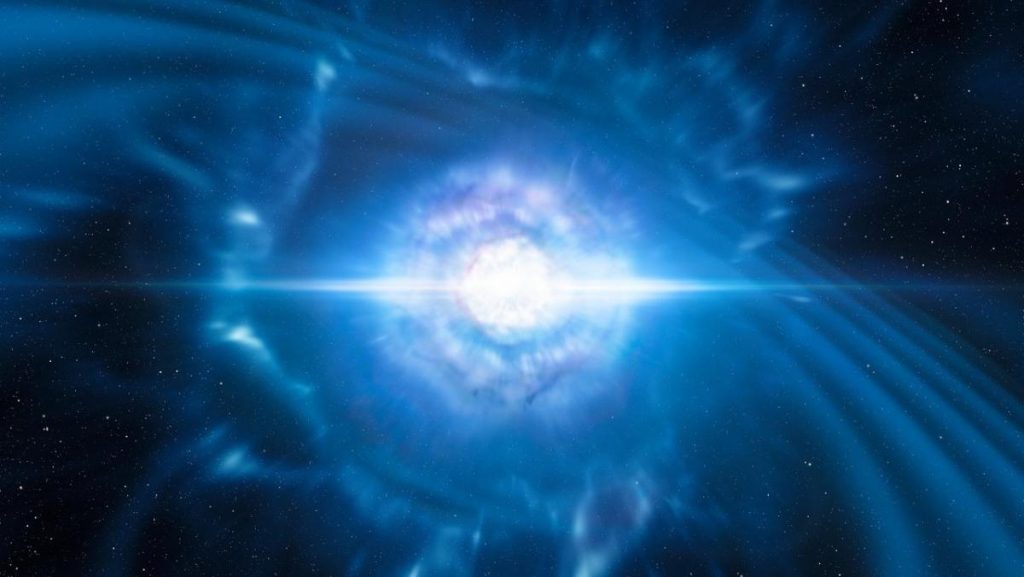Something in the cosmos is violating the rules of nature.
Ultraluminous X-ray sources (ULXs) are illegal stars that emit energy roughly 10 million times greater than the sun. The Eddington limit, a physical constraint that establishes how luminous an object of a certain size can be, is violated by this quantity of energy. Scientists predict that anything that goes over the Eddington limit will self-destruct. NASA says ULXs “regularly exceed this limit by 100 to 500 times,” which has experts scratching their heads.


It has been proven that the ULX known as M82 X-2 is far too bright, according to recent observations published in The Astrophysical Journal by NASA’s Nuclear Spectroscopic Telescope Array (NuSTAR), which views the cosmos in high-energy X-rays. An optical illusion explaining the ULX’s high brightness had been postulated in the past, but this new study demonstrates that the ULX is in fact exceeding the Eddington limit.
Black holes were once thought to be ULXs, however, M82 X-2 is actually a neutron star. Neutron stars are the smoldering remnants of massive stars like the sun. The surface gravity of a neutron star is roughly 100 trillion times that of Earth. Any material that is pushed onto the surface of the dead star by its strong gravity will cause an explosion.
What NASA Says?
According to NASA, if a marshmallow were to be dropped on the surface of a neutron star, it would hit with the force of a thousand hydrogen bombs.
According to the latest research, M82 X-2 drains its neighboring star of the equivalent mass of 1.5 piles of the earth every year. The observed extreme luminosity can be explained by the impact of this much stuff on the surface of the neutron star.
The study group interprets this as proof that M82 X-2 must be doing something unusual to circumvent the restrictions and surpass the Eddington limit. The current theory is that the neutron star’s powerful magnetic field alters the shape of its atoms, making the star stable as its luminosity increases.
Author and astronomer at Italy’s Cagliari Astronomical Observatory, Matteo Bachetti, said in a statement, “These observations let us see the effects of these incredibly strong magnetic fields that we could never reproduce on Earth with current technology.” The beauty of astronomy, as one scientist put it, is that “we cannot really set up experiments to get quick answers; we have to wait for the universe to show us its secrets.”




